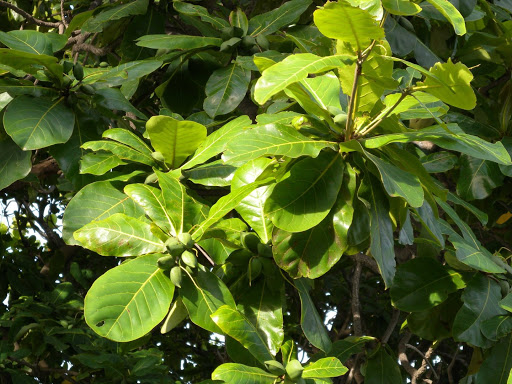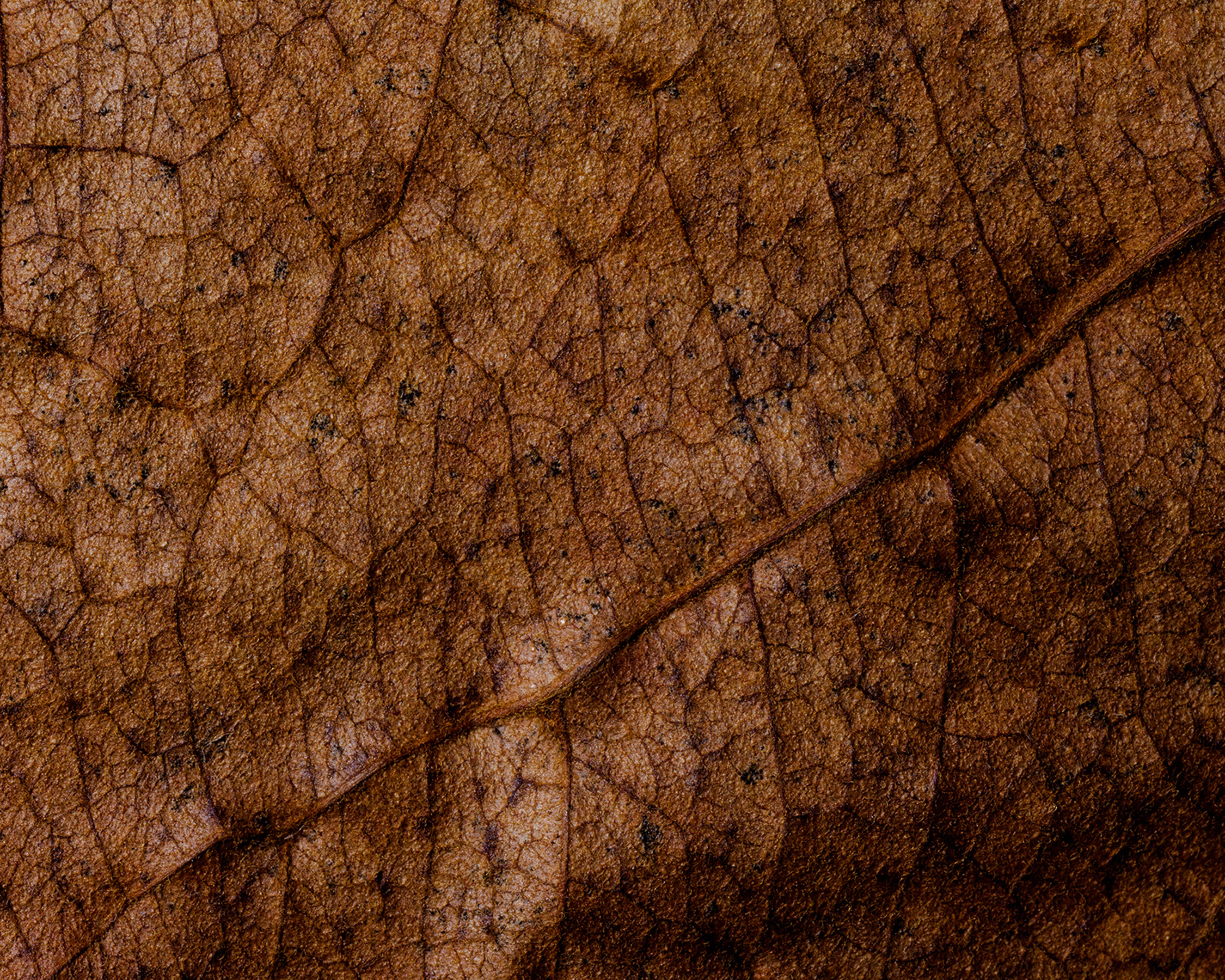Indian Almond Catappa Leaves for Aquariums (Pack of 40)
Indian Almond Catappa Leaves for Aquariums (Pack of 40)
Couldn't load pickup availability
Medium Indian Almond Leaves (13-18cm) Pack of 40
A short history of tropical almond leaves in aquaristics
The dried brown leaves of the tropical almond tree have been used in Thailand for a long time to treat injuries to fighting fish, and tropical almond tree leaves or catappa leaves have long since made the leap into the aquarium hobby here in Europe. They are particularly popular for aquarium animals such as shrimps, crabs or crayfish - they are not only an excellent long-term food, but also contain many healthy ingredients.
Premium sea almond tree leaves from NatureHolic
NatureHolic's dried premium tropical almond leaves come from controlled cultivation and are harvested individually by hand especially for us, gently dried and carefully packaged. In our online shop you get premium quality that you can rely on.
The active ingredients of the tropical almond leaves
Indian almond leaves are not only suitable as permanent food, but can also be used to treat illnesses in aquarium animals. Their ingredients read like a pharmacy journal. Indian almond leaves contain, among other things, the following secondary plant substances and vital substances:
Flavonoids
Flavonoids have antioxidant properties and also have anti-allergic, antiviral and antimicrobial effects, thus potentially protecting the animals in the aquarium from pathogens.
Tannins
Tannins have antiseptic, antifungal, antiviral and antibacterial effects and are also powerful antioxidants. Tannins also have an astringent effect. They can have a positive effect on the molting process of shrimp, crayfish and crabs.
Saponins
Saponins are an important component of many medicinal plants. These substances have an anti-inflammatory and strengthening effect on the organism.

How do tropical almond leaves work in the aquarium?
All in all, we can say that Catappa leaves have a variety of effects in the aquarium. They can be used against bacterial infections, fungal infections (mycoses) and viral infections, they have an antioxidant effect and can inhibit inflammation. They also have a stimulating effect on the molting of crustaceans such as shrimps, crabs, dwarf crayfish and crayfish.
Sea almond leaves can be used to prevent and treat injuries, fungal infections and mycoses, bacterial diseases such as fin rot in fish or bacterial infections in shrimp. A piece of sea almond leaf in a breeding aquarium prevents spawning fungal infections.
Ectoparasites such as flukes or gill flukes can also be eliminated with sea almond leaves, and they are suitable for supporting aquarium fish with mucous membrane damage, bite wounds and all kinds of injuries. Sea almond leaves can also be used to support crayfish after fights that result in the loss of limbs or claws.
Use of tropical almond leaves
Tropical almond leaves release some of their active ingredients into the aquarium water, where they can reduce the number of harmful germs in the aquarium water. In addition, the pH value is slightly lowered and the water is slightly acidified.
The effect of the tropical almond leaves can be recognized by a pretty, slightly amber-colored tint to the aquarium water. This should not be confused with a milky-white or greenish cloudiness, which would indicate a bacterial or algal bloom.
Tannins and humic substances occur naturally in almost all natural waters, and our aquarium animals are naturally accustomed to these important substances and are also partly dependent on them. The coloring is therefore not bad or dangerous, but on the contrary helpful! In addition, the colors of ornamental fish, aquarium invertebrates and aquatic plants are better displayed in slightly amber-colored water, and the aquarium looks much more natural.

Dosage of tropical almond leaves
For prevention, add 1 large Indian almond leaf to 50 to 100 liters of aquarium water. To treat acute problems such as bacterial infections, fin rot, mycoses, parasitic infestation or other signs of disease in ornamental fish, shrimp, crabs or crayfish, add 2-3 Indian almond leaves to this amount of water. The active ingredients in the leaves of the Indian almond tree are used up after about two weeks, so you should add a new leaf then at the latest.

Tropical almond leaves as feed
You don't need to remove "used" tropical almond leaves from the aquarium. On the contrary, you can use them perfectly for shrimps, snails, crayfish, dwarf crayfish and crabs in the aquarium or aquaterrarium as an extremely well-accepted permanent food. The older leaves in particular are already a little softened and the tissue has been broken down by bacteria, so that the aquarium inhabitants are happy to eat it. Tropical almond leaves can be safely left in the aquarium until they are completely eaten.
Share

